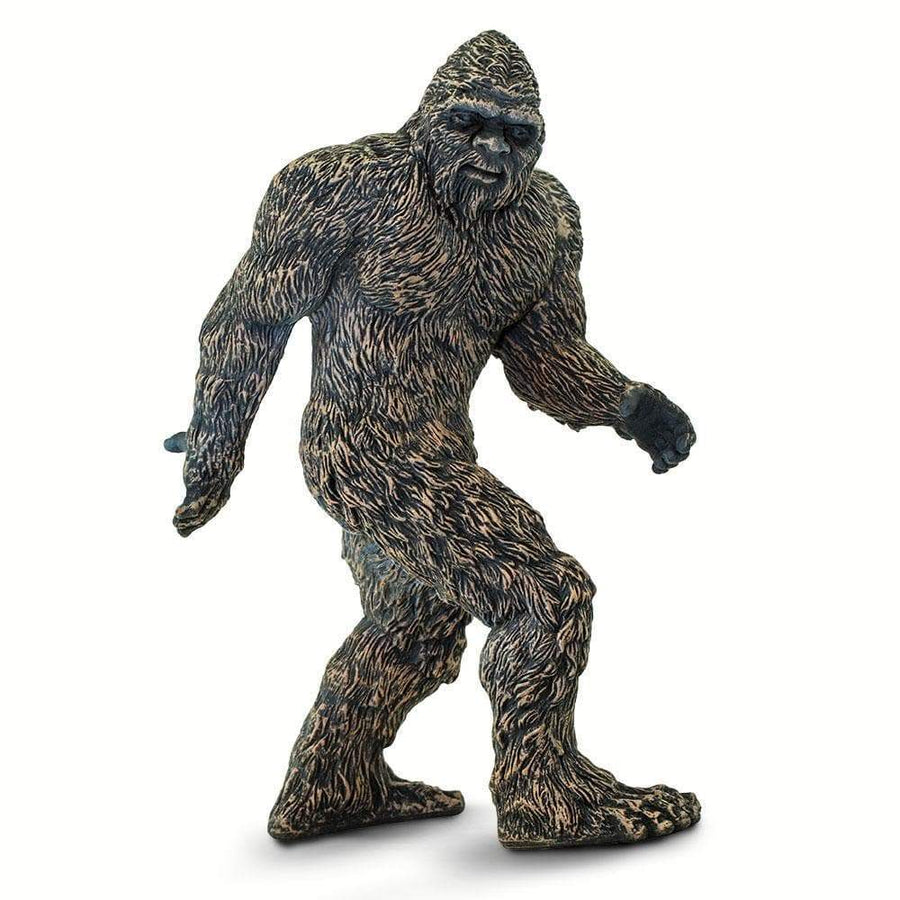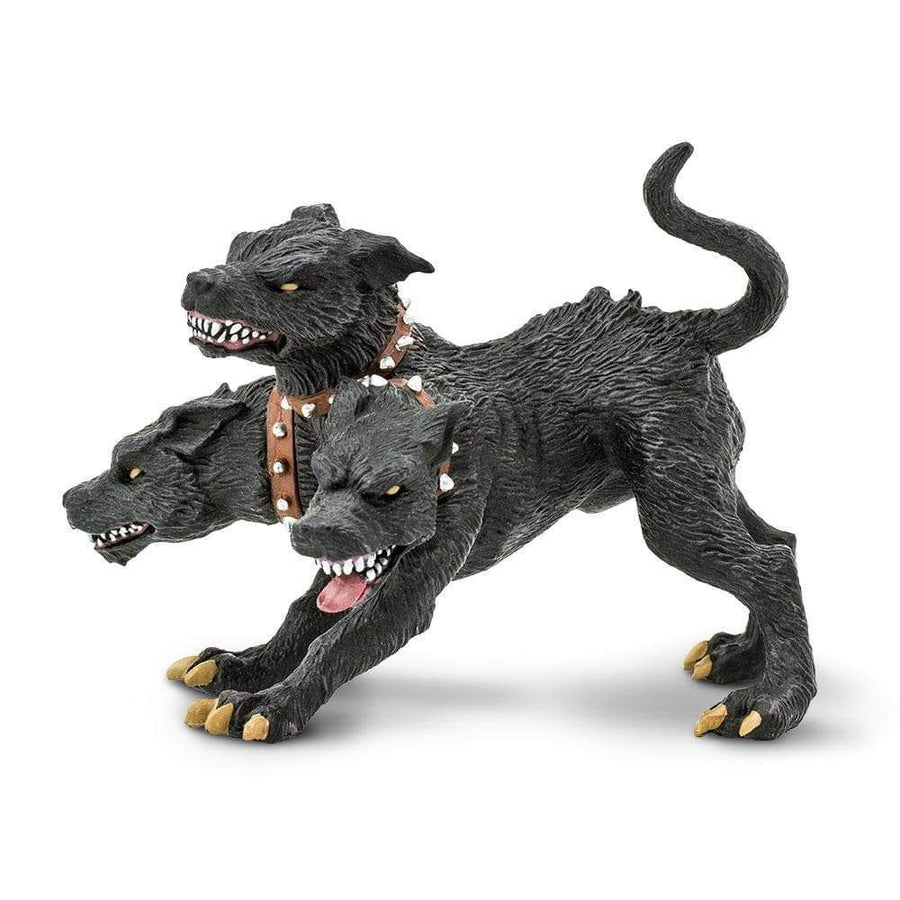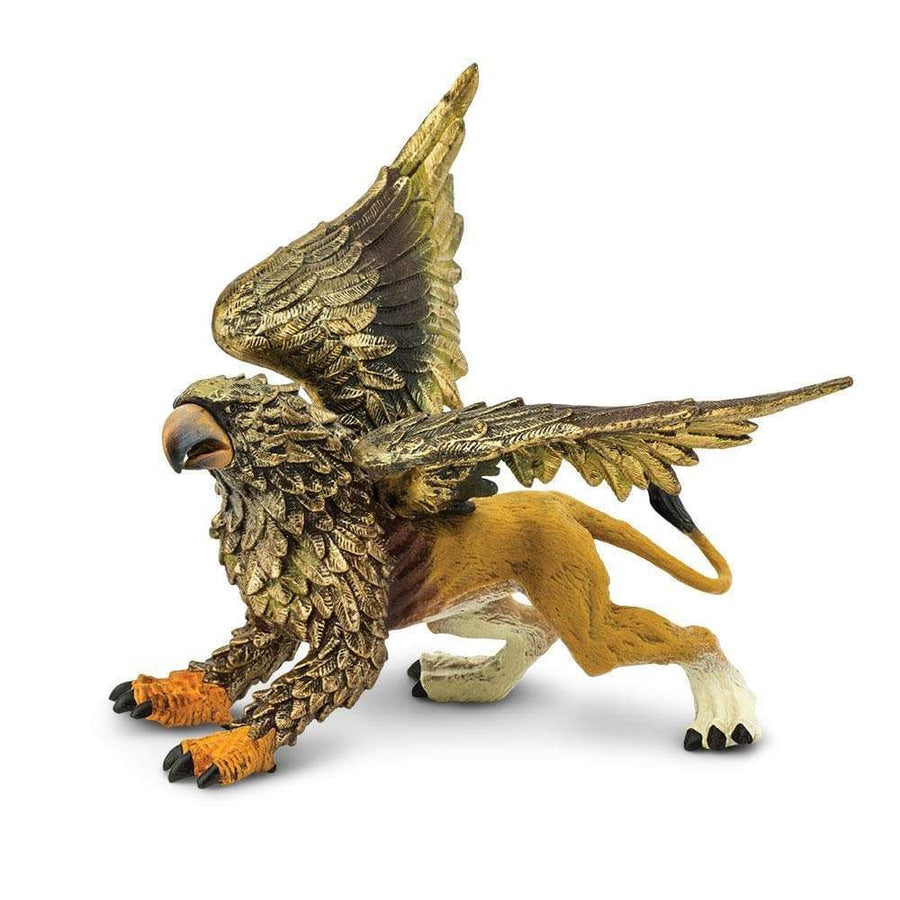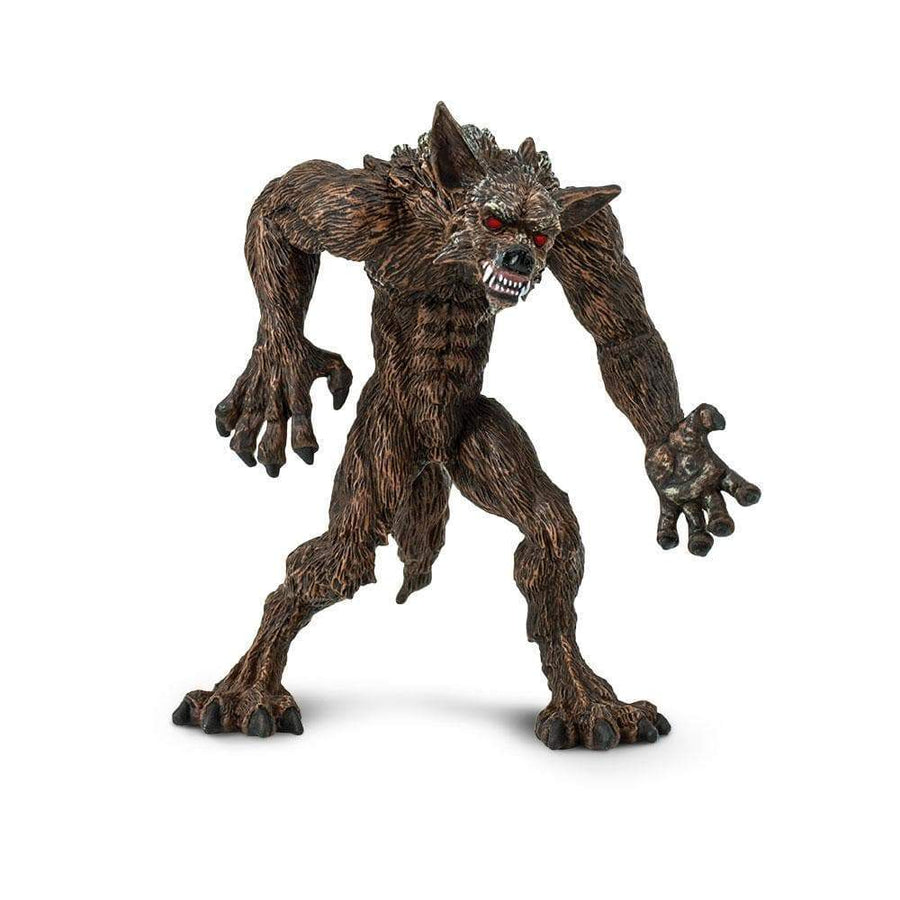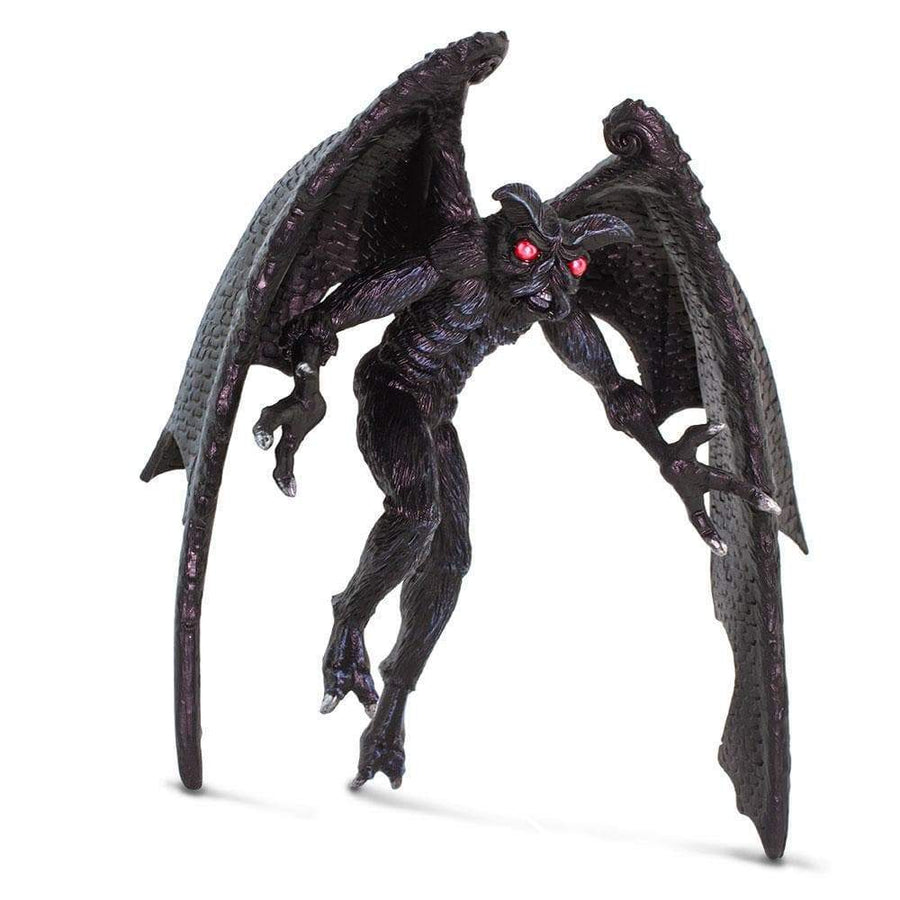What is Cryptozoology?
Cryptozoology is the study of organisms whose existence has not yet been proven by science. It involves the investigation of creatures that have appeared in the folklore of various cultures, as well as creatures that have supposedly been observed by multiple individuals, despite few or no specimens being available for scientists to examine.
Cryptozoology is often thought of more as a “subculture” than a true scientific area of study, but investigators in the field are determined to learn all they can and hopefully prove the existence of “cryptids,” as the creatures have come to be known.
Many cryptids, such as the Yeti or Bigfoot, have their roots in legends that go back a long time. Others, like the Mothman, are based on more recent sightings. While the evidence of these animals’ existence may be scant, there is still much that we don’t know about the creatures that exist on Earth, and new discoveries are being made every day, so you never really know what might be uncovered. The coelacanth, for example, was a fish that was believed to be extinct for millions of years until one was caught off the coast of South Africa in the 1930s.
|
Clockwise from top left: Yeti, Coelacanth, Kraken, Bigfoot, Loch Ness Monster, Furry Trout, Jackalope |
While it’s important to retain a healthy skepticism, it’s also fun to have a look at legendary creatures who – you never know – might be lurking just out of view. Let’s take a look at some of the more popular cryptid types and see if we can get any closer to solving the mystery!
Legendary Lake Monsters
One of the most well-known cryptids by far is the legendary monster of Lake Loch Ness in Scotland. Reports of a mysterious creature in the Loch appear as far back as 565 AD. Reports often describe a large animal with a long neck, and at least one hump protruding from the water. Because of this description, some believe the Loch Ness Monster, or “Nessie” as it’s affectionately called, may be an extinct marine reptile known as a plesiosaur that somehow made its way into the lake long ago.

|
| Elasmosaurus, a type of plesiosaur |
This speculation was bolstered by the so-called “surgeon’s photo”, a picture of the supposed monster taken in 1934 that appears to show a long-necked creature rising from the water. However, there are some problems with this theory. Loch Ness is a freshwater lake, and plesiosaurs are only known from saltwater environments. Additionally, Loch Ness is only about 10,000 years old, and plesiosaurs were believed to have gone extinct at the end of the Cretaceous period, 66 million years ago. The famous “surgeon’s photo” was also revealed to be an elaborate hoax, with a fake neck placed atop a toy submarine.
However, a plesiosaur isn’t the only theory. Some believe it could be a large eel, or a Greenland shark, or some other type of giant fish (such as a catfish or sturgeon). Others believe it may be some type of as-yet-unidentified amphibian or invertebrate.
| River Otter | Harp Seal |

|

|
More skeptical minds believe it is more likely to be merely a seal, otter, or diving bird. However, despite searches of Loch Ness never offering definitive proof of its lake monster, the legend has endured for hundreds of years. And Nessie is far from the only “Lake Monster” cryptid; others include “Champ” of Lake Champlain in New York and Vermont, and Ogopogo of British Columbia, Canada..
Abominable Ape-Men
Legends of ape-men persist throughout the world, with two of the most famous being that of Bigfoot in North America, and the Yeti in the Himalayas.
Tales of giant man-like creatures in North America date back hundreds of years to several First Nation and Native American tribes. The creature that would become known as “Bigfoot” was called sásq'ets by these early Americans, a word that would later evolve into the creature’s other common name: Sasquatch.

|
| Bigfoot, or Sasquatch |
Bigfoot is known from many sightings in the Pacific Northwest area. It is also known from a number of large footprints, which gave rise to its nickname. The most compelling piece of “evidence”, however, comes in the form of a video shot in 1967 that has become known as the “Patterson film”, or “Patterson-Gimlin film” after its filmmakers, Roger Patterson and Bob Gimlin. In the video, filmed in Northern California, a large and human-like furry creature can be seen walking across a streambed.
Many efforts have been made to authenticate or debunk the footage, but its popularity among Bigfoot enthusiasts has endured in the decades since it surfaced. Several individuals have come forward claiming that they were involved in creating the video as a hoax, though Patterson and Gimlin have always maintained their sincerity.
In another part of the world, in Tibet and Nepal, a different ape-like creature is believed to stalk the snowy Himalayan mountains. This creature, mostly known from sightings, footprints, and a few suspicious hair specimens, is known as the Yeti. In Tibetan, the name means “bear from the rocky place”.
 |
| The Yeti, or Abominable Snowman |
Its other common name, the Abominable Snowman, is believed to have been a mistranslation of the name “metoh-kangmi”, which means “man-bear snowman”. While interviewing members of a returning expedition to Mount Everest, Henry Newman translated the word “metoh” as “filthy” instead of “man-bear”. He used the more eloquent sounding “abominable” and the name stuck.
There are many other ape-like cryptid sightings from around the world, including the skunk-ape of Florida, the Batutut of Vietnam and Laos, and the Yowie of Australia. What could be the explanation for these creatures? Some believe they are escaped apes from zoos, or that the footprints are misidentified wolf or bear tracks.
True believers, however, are convinced that these creatures represent a prehistoric but still-living member of the primate order, such as the ancient ape Gigantopithecus.
Mysterious Moth Creatures
One legendary creature from a more recent era is the Mothman of Point Pleasant, West Virginia. For about a year between 1966 and 1967, numerous people reported seeing a large, man-sized creature with huge wings and glowing red eyes.
 |
| Mothman |
In addition to the Mothman, many people in the Point Pleasant area during this time period reported seeing “men in black”, unidentified flying objects, and other strange occurrences. All of this activity led up to a tragic bridge collapse in December of 1967.
Since then, the Mothman has come to be associated with predicting catastrophic events, and in more recent times the Mothman has been sighted in many other areas, including Chicago, Illinois and Moscow, Russia.
What could the Mothman be? Some believe it’s a supernatural creature, or an alien, or the result of a military experiment. The skeptics believe it could be a large bird, like a heron, an owl, or a sandhill crane, that people are mistaking for the cryptid.
A similar cryptid, known as the Flatwoods Monster, was also seen in West Virginia about fifteen years before the Mothman. Like the Mothman, its description has led many to believe that an owl might be the most likely explanation.

|
| Could this be the Mothman? |
No one knows for sure what people are seeing, but the Mothman’s popularity continues. It has achieved a certain degree of internet fame, and has been the subject of several movies. There’s also a yearly festival in Point Pleasant, West Virginia that began in 2002, and a 12 foot tall statue of the Mothman was unveiled in the town in 2003.
Fearsome Folklore
The previously discussed cryptids represent just a small example of the creatures that some believe are out there somewhere, despite the lack of concrete evidence supporting their existence. Many of these creatures have their roots in local folklore, like the Jackalope or the Furry Trout, both of which appear in the “Fearsome Critter” legends of early North American lumberjacks. Another well-known cryptid, the Jersey Devil, is rooted in the folklore of New Jersey and Philadelphia, and is said to stalk the woods of the Pine Barrens.
While some of these critters might be more likely to exist than others, the bottom line is the same: These mysterious maybe-creatures continue to fascinate and captivate us. Despite the wealth of scientific knowledge available to people today, there is still much that remains unknown. We are constantly discovering new and amazing things that shed new light on the world as we know it.
Sometimes, we even get some answers. The legendary Kraken, for example, was an octopus-like beast of Scandinavian folklore that was believed to attack ships. Today, we know that the sailors who told tales of the Kraken were likely describing giant squids. While tales of the Kraken date back to around 1250, the creature we now know as the giant squid wasn’t described until around 600 years later, when stranded specimens washing up on the beach became relatively common.
 |
| Giant Squid |
Mythical Realms®
On top of that, it wasn’t until 2002 that we would have our first ever images of a living adult giant squid. And video footage of a live adult would not be obtained until 2006. It just goes to show – you never know when a creature that begins as a legendary beast of folklore will turn out to be a species eventually recognized by science!
Impact of Pop Culture
Cryptids are featured in a variety of popular films and television shows. You might have seen cryptids like Bigfoot, the Loch Ness Monster, and Mothman on screen. Shows like Finding Bigfoot and MonsterQuest have popularized cryptid searches.
These cryptid creatures have also made appearances in books, comic books, and graphic novels. Such appearances in texts, like “The Mothman Prophecies,” only further increase public interest.
Cryptids have gained even more popularity by taking their place in internet culture. Viral memes and fan art expose even larger audiences to cryptids. You can even find online communities like Reddit’s cryptozoology threads.
Fans of cryptids can now showcase their passions by attending cryptid-themed festivals and tourist attractions. Events like the Mothman Festival attract scads of cryptic fans. They also can visit tourist attractions like Loch Ness tours and Bigfoot museums.
New Technology That Helps Us Look for Cryptids
Technology like drones is now employed by cryptid enthusiasts. They can use the devices to explore remote or hard-to-reach areas like dense forests, mountains and lakes. The hope is the technology will help with possible cryptid sightings. Trail cameras with motion sensors also help aspiring cryptozoologists capture photographic evidence.
Both scientists and enthusiasts can test environmental DNA to determine if water samples contain evidence of unknown species. This is especially useful in Loch Ness research. Further, thermal imaging and night vision technology allow cryptid hunters to keep searching even in low-visibility conditions. These devices are of particular use in tracking cryptids like Mothman and Bigfoot.
Cryptid fans can even benefit from satellite imagery. Advancements in this technology allow for improved surveying of large, remote areas.
Historical Cases and Investigations
People have been searching for cryptids for generations. Famous cryptid expeditions include Sir Peter Scott’s search for the Loch Ness Monster and Tom Slick’s Yeti expeditions.
Some historical cryptid investigations actually debunk claims and uncover hoaxes. For example, the “Surgeon’s Photo” of Nessie was determined to be a fake. Likewise, the Cardiff Giant and other debunked claims negatively impact public perception of all cryptids.
Certain noteworthy investigations have actually helped formalize the field of cryptozoology. Bernard Heuvelmans – the father of cryptozoology – and Loren Coleman are some of the best-known investigators.
Still, many scientists who investigate cryptid claims do so with a skeptical approach. For example, scientists examining supposed Yeti hair in a Patterson-Gimlin film demonstrated a healthy dose of skepticism.
Interdisciplinary Collaboration
Cryptozoologists sometimes work with biologists to identify unknown species. They also consult other scientists to apply evolutionary theory to explain possible cryptid species.
Anthropologists likewise study the significance of cryptids in societies through time. They look at cryptozoology from a mythological perspective.
Forensic experts also aid cryptozoologists. These scientists analyze physical evidence like hair, footprints, and other traces that were supposedly left by cryptids. Even geologists can help out in cryptozoology. They can analyze environments where cryptics are believed to exist. Their findings provide insight into whether different ecosystems can sustain various cryptids.
Regulations and Legal Aspects
Would you believe that some regions have laws protecting cryptids? It’s true. For instance, it’s illegal to harm a Bigfoot in Skamania County, Wash. Cryptid hunting is also regulated, such as a ban on hunting monsters in Loch Ness.
Why would governments regulate creatures that aren’t proven to exist? The protocols would apply if a cryptic were ever discovered. Without environmental protection, cryptids would also be susceptible to issues like destroyed habitats in wetlands, lakes, and forests.


